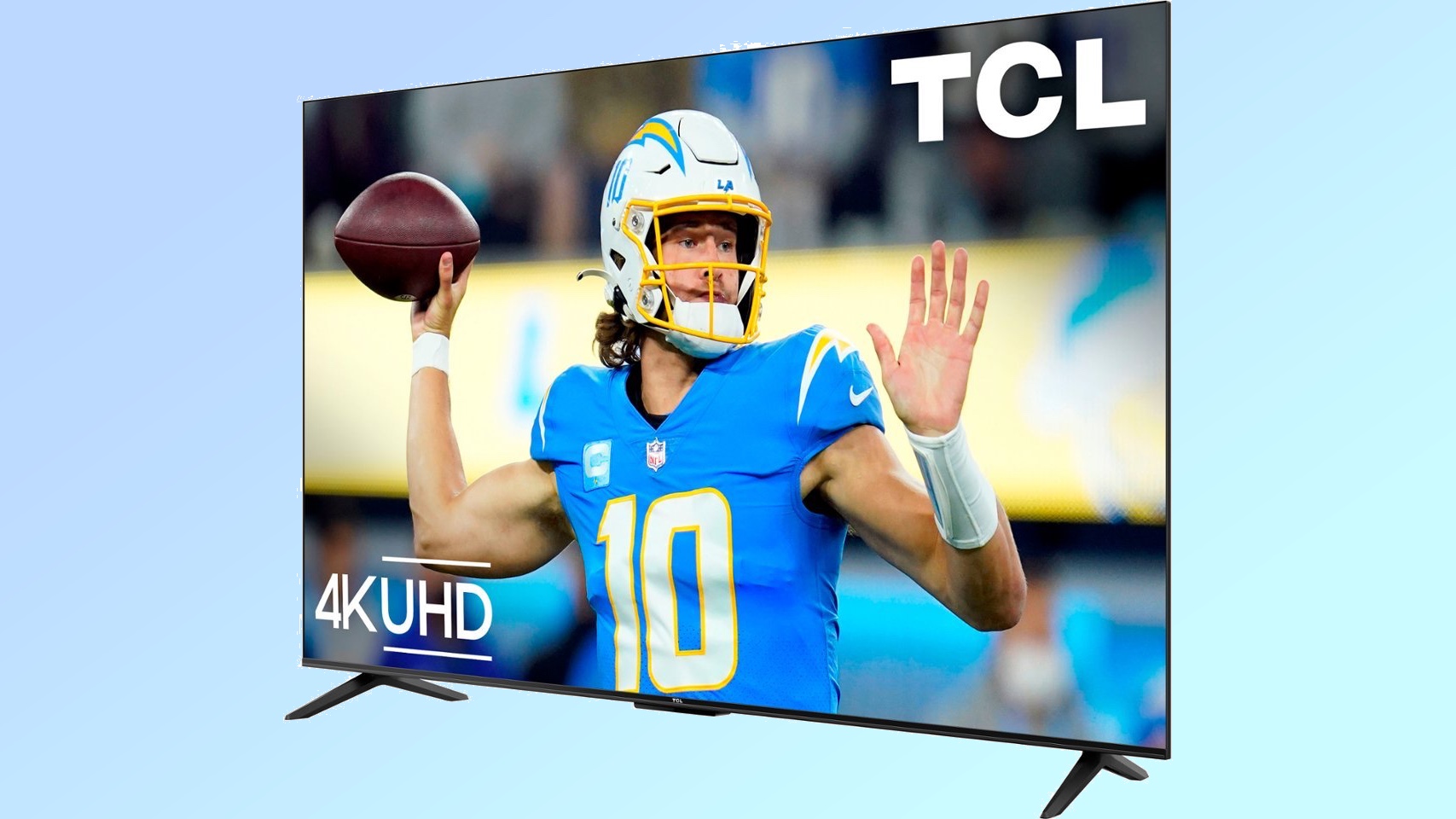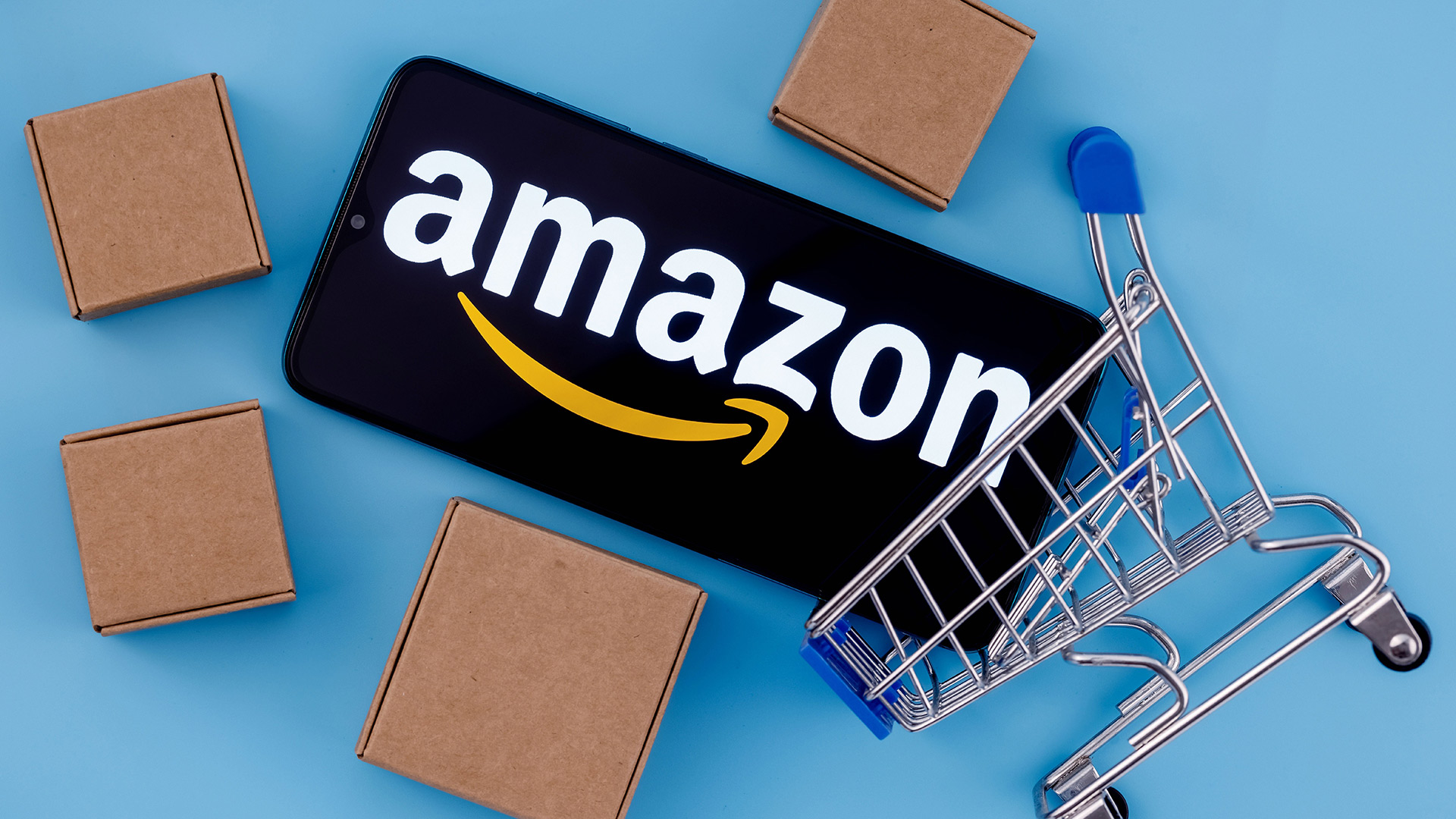
As we approach Super Bowl Sunday, we’re going to be inundated with advertisements for deals on the best TVs — it happens every year in February like clockwork, and this year will be no different.
But why do these sales happen so consistently? Are stores like Best Buy and Walmart that desperate to supply you with a new big-screen TV before kickoff? Yes, they are, but maybe not for the reason you might think.
As it turns out, February is the last month before the newest TVs come onto store shelves. As tech journalists, we get to see them ahead of the public at each year’s CES event in January before the new sets become widely available in March and April.
In short, all these Super Bowl TV deals that you’re seeing are a retailer’s last opportunity to clear out old stock before new models arrive. Does that mean Super Bowl TV deals are a scam? Not necessarily. They’re a great chance for the folks that missed out on the myriad Black Friday TV deals to have a second shot. Just know that what you’re buying are last year’s models and that newer models will be arriving shortly.
Super Bowl TV deals are a product of a TV’s lifecycle
There’s a joke about buying technology — as soon as you get to the front of the store, a new model of whatever you’re buying has already been announced.
Obviously, that’s not true, but when you buy a TV at a deep discount in February only to see a new version of that TV out in March, it does make the joke feel a little more like the reality of the situation.
What you’re actually witnessing, however, is a TV’s natural lifecycle.
Get instant access to breaking news, the hottest reviews, great deals and helpful tips.
Stores don’t want to keep old products around forever, especially when they know the latest — and more expensive — models are coming in just a month or two. So they stick a sales tag on the older product. Conversely, because it’s on sale, we’re more inclined to buy it…but you should buy it, right?
Should you buy a Super Bowl TV deal?

Before making a decision, ask yourself a few questions. How big of a discount are we talking about? Do you mind having a TV that’s already a year old? Is there any big technological change that’s coming next year that you’d rather have?
If a TV had several price cuts already and it’s now even cheaper than its lowest point previously, chances are good that the February sale price is the lowest you’ll see the TV for until it goes on clearance a year or two down the road.
The answer to the first question should be pretty simple — most sites are pretty straightforward about their pricing and you can use tools like CamelCamelCamel to check the price history. If a TV had several price cuts already and it’s now even cheaper than its lowest point previously, chances are good that the February sale price is the lowest you’ll see the TV for until it goes on clearance a year or two down the road. If it’s the lowest possible price and you really want it, then you should ask yourself the next question: Do you mind if that TV is already a year old?
With some key exceptions that I’ll talk about in a second, most QLED or OLED TVs don’t advance too much in technology from one year to the next. Next year's QLED TVs will be a few hundred nits brighter as manufacturers figure out better heat sink solutions, or they might see an uptick in contrast as manufacturers switch from standard LED backlights to Mini-LED. Similarly, OLED doesn’t see much of a change unless it’s using a new panel type from LG Display. Unless there’s a meaningful change coming for the TV you’re looking to buy, you probably shouldn’t let the fear of a significantly better screen coming out next year scare you off.
There are, however, some exceptions. Take the LG G3 OLED that's on sale for $2,599 at Best Buy after a $400 discount. That feels like a substantial amount of money to save on one of the best OLED TVs — but the 2024 LG G4 OLED model will use LG Display's 2nd-Gen MLA panel that's going to be 50% brighter and can purportedly reach up to 3,000 nits of peak brightness in a small window. It's a huge leap in technology that you'd be missing out on to save $400.
Remember: a little research will go a long way
Honestly the best thing you can do before plunking down your cash on a Super Bowl TV deal is to check what advancements are coming to next year's model. If the improvements are minor or are features that don't really interest you, then save yourself some money and scoop up that cheap OLED TV.
However, if next year's model looks like it's going to be a barn-burner that you don't want to miss, then it's worth waiting a few more months to see how that TV fares in reviewers' test labs.
By knowing what's coming down the pipeline, you can make the best possible buying decision without any remorse.
Looking for the best Super Bowl TV deals? Tom's Guide has you covered.
More From Tom's Guide

Nick Pino heads up the TV and AV verticals at Tom's Guide and covers everything from OLED TVs to the latest wireless headphones. He was formerly the Senior Editor, TV and AV at TechRadar (Tom's Guide's sister site) and has previously written for GamesRadar, Official Xbox Magazine, PC Gamer and other outlets over the last decade. Not sure which TV you should buy? Drop him an email or tweet him on Twitter and he can help you out.
